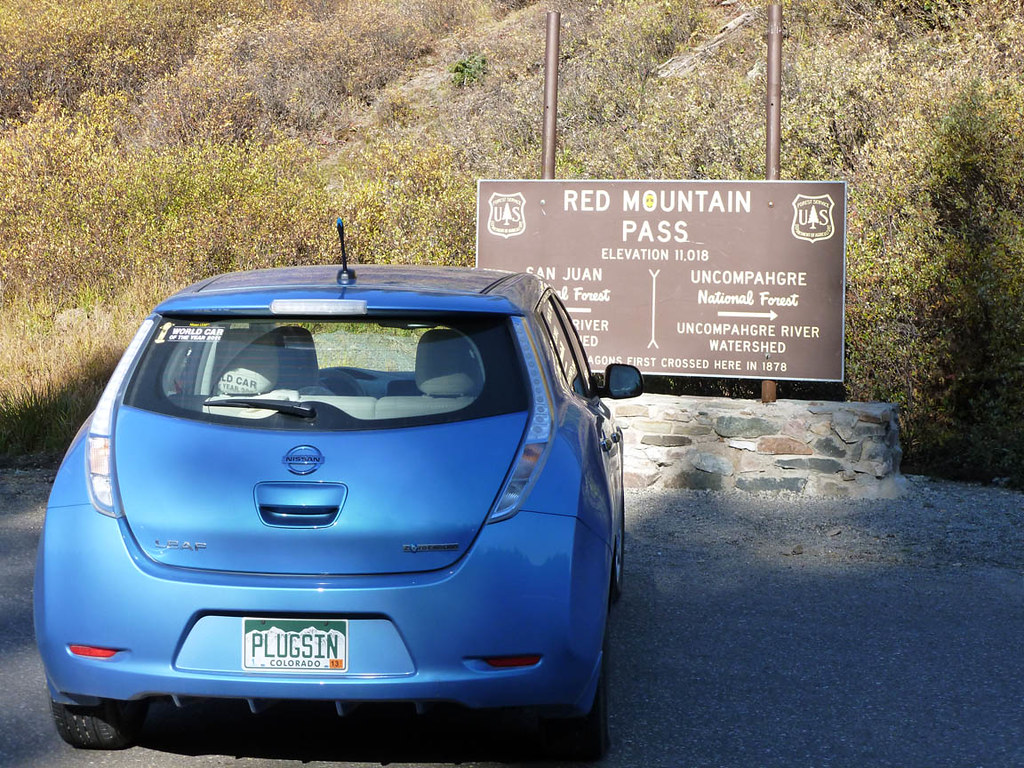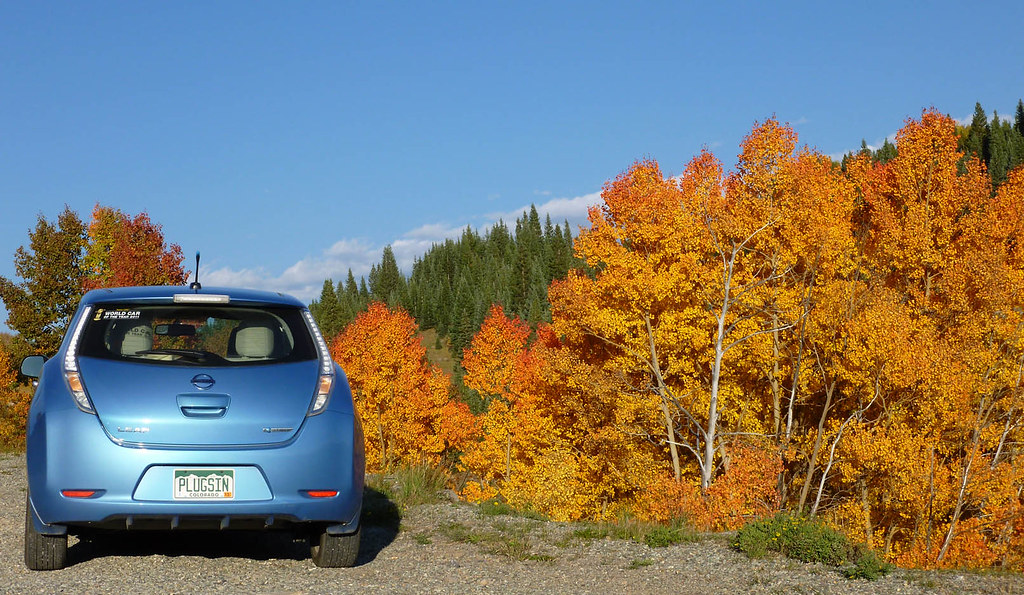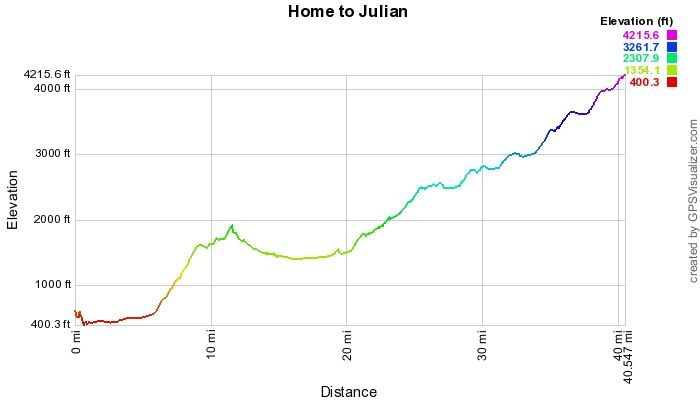GREENEV
Well-known member
Thank you. Very good news. I live at 6000'.


Desertstraw said:You people must be far more skillful than I. Yesterday I drove on the road that goes from Phoenix to Payson, I think that it is called the Beeline highway, starting with 100 % charge. With ups and downs, the maximum elevation change according to the car GPS was about 2000 feet. I drove in the Eco mode and held the speed to 55 mph. At the end I had driven 70 miles, was down to my last bar and had received a verbal warning about my need to recharge.






Desertstraw said:You people must be far more skillful than I. Yesterday I drove on the road that goes from Phoenix to Payson, I think that it is called the Beeline highway, starting with 100 % charge. With ups and downs, the maximum elevation change according to the car GPS was about 2000 feet. I drove in the Eco mode and held the speed to 55 mph. At the end I had driven 70 miles, was down to my last bar and had received a verbal warning about my need to recharge.
dgpcolorado said:I finally got a chance to make my practice run to the Nissan dealer in Durango. The answer to my question in the OP is yes, 83 miles is possible in summer and I managed to do the full 92 miles to my home. Making the trip southbound was easier but I barely made it northbound on a 100% charge at the dealer: VLBW about 2.5 miles from home, although it is mostly downhill from there. And I was doing my best to hypermile.
Good idea. I tend to forget that it isn't just for places with EVSEs.WetEV said:WOW! I used to live in Colorado. Thanks. Great trip report. The million dollar highway.
My only suggestion is that you might want to add the motel in Silverton into http://www.plugshare.com" onclick="window.open(this.href);return false;







I do have the advantage of a much higher density altitude than you have in SD County, so that compensates a bit for temperature.TonyWilliams said:Interesting that your elevation gain and distance to the pass is similar for me driving from my house out to the desert over the pass at Julian.
If it ever gets that cold here, though, I'm going to guess mankind will no longer be on the planet.
Good job!
:ugeek:
dgpcolorado said:I do have the advantage of a much higher density altitude than you have in SD County, so that compensates a bit for temperature.
Yes, but the battery wasn't cold saturated because it started at four bars in my garage and I was driving the car or charging it for about 14 hours straight, which kept the battery warmed up. (The next day at one temp bar was another matter...) Nevertheless, 5ºF air is somewhat more dense that what I usually deal with here in thin air land.TonyWilliams said:dgpcolorado said:I do have the advantage of a much higher density altitude than you have in SD County, so that compensates a bit for temperature.
At least a 5-10% range advantage on density altitude, but the cold temperature hit on the batteries... eek!!! 10-20% loss !!!
Enter your email address to join: